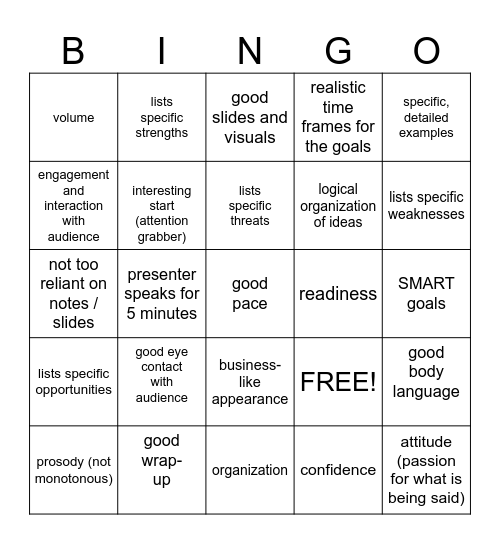
Why do we need game ideas for your event? Let’s imagine this scenario: You’re hosting a conference, and maintaining your audience’s attention might pose a challenge. If your conference lasts longer than 1 hour, you’ll need originality to keep the audience engaged.
Gamification offers an effective solution. Indeed, implementing a game will help direct your audience’s attention to the ongoing event. With that in mind, this article presents 10 examples of game ideas that you can implement immediately.
1. Quiz using Slides
This one is simple. You just need a PowerPoint presentation. Each slide represents a question from the speaker. Each quiz can have a different topic: either regarding the conference itself or some more fun trivia about the company’s members.
How do you gather answers from the audience? If the conference doesn’t have too many attendees, the speaker can decide who will tell the answer out loud.
Otherwise, you can also use interactive tools like Google Forms. But there’s a constraint: the more we think about it, the more it becomes complicated.
The next game idea will solve this problem.
2. Interactive Quiz on any topic
Is it difficult to gather questions from the audience? Is it also time-consuming to create quiz questions? You can use the Games For Crowd AI Quiz. The artificial intelligence will assist you in creating each of them before you present them to your audience.
Players simply need to scan the QR code and answer the questions.
You can already host a game instantly with your colleagues for free. Additionally, you can create a game through the Kokimoki editor and customize the questions and the design.

3. Bingo
Bingo is a popular game for the audience. One paper per person is enough to host a game. There are plenty of Bingo games that you can find online, such as this one:
 Source: Bingobaker
Source: Bingobaker
Let your audience interrupt you if there’s a Bingo, i.e., a line, column, or diagonal is completed!
4. Math Battle
When you create a game, you need to adapt to your audience. For example, astrophysics researchers or Python developers might enjoy games based on mathematics!
The Math Battle challenges everybody’s mental calculation ability. Divide the audience into two groups and see who wins!

5. Using any app
There are actually many apps that allow you to create games for your audience. They have been developed to suit any events like yours. Kahoot and Loquiz are good examples. The former allows you to create any quiz you want, while the latter even allows your players to go outdoors.
However, using an app might be challenging as many people can get stuck on the app downloading step. In this regard, Games For Crowd offers you a series of games playable from any device’s browser!
6. Tic Tac Toe
When you were a kid, didn’t you enjoy playing Tic Tac Toe on the corner of your school’s table? Let’s bring this pleasure to reality with a conference game.
Using the big screen and everyone’s device, you can host a game with our Tic Tac Toe here. It takes just 1 minute to set up, and your audience will have a great time with this 5-minute game.

7. Memory Game
Here’s another fun game that you might have enjoyed as a child: The memory game. Shuffle tiles and match pairs of them. The more pairs you match, the more points you earn. Just like Tic Tac Toe, you can create your own version here. Simply visit this page, and it will take you just one minute to launch your Memory Game for your audience.

8. Connect Four
Ah, Connect Four… That’s a fun game to play with your family. Get four pieces in a line and you win! The rules are quite simple, and the replayability is real.
Games For Crowd has also recreated a version of Connect Four that you can play with your conference attendees. Try it out here!

9. Hand Raising Survey
Instead of a game, why not try a survey? It’s still a fun way to engage with your audience, and everyone’s opinion matters.
You can keep it simple by using slides to present the questions and have participants raise their hands in response. Then, the speaker can roughly count the number of hands raised.
However, there are a few drawbacks to this approach: you can only ask closed questions, the counting will never be accurate, and people may not vote sincerely as everyone sees their raised hand.
This is why we came up with the “Feedbacker”.
